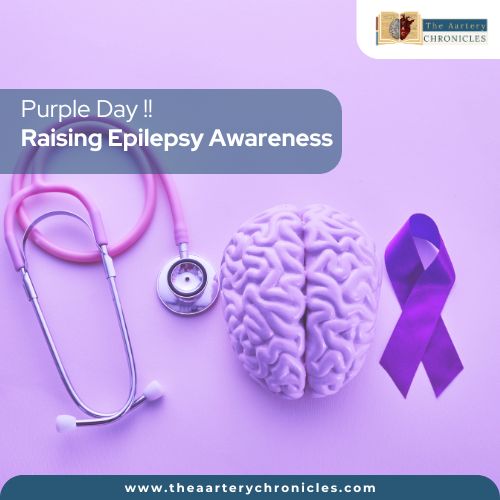

New Painkiller Offers Relief Without Opioid Side Effects
Summary: A breakthrough painkiller developed at Duke University, called SBI-810, could offer potent, non-opioid pain relief by targeting a specific brain receptor. It calms pain signals without causing addiction, sedation, or constipation, making it a safer alternative to traditional opioids.
New Painkiller Could Outsmart Opioids
Could we finally have a painkiller that doesn’t come with dangerous side effects?
Researchers at Duke University may have found one, and it doesn’t involve opioids.
In a major leap for pain management, a compound called SBI-810 has shown promise in delivering powerful, non-opioid pain relief. The drug works by calming pain signals right at the source, targeting a specific receptor known as neurotensin receptor 1 (NTSR1) found in sensory nerves and the spinal cord.
What’s in it for you?
This article dives into what SBI-810 is, how it works, and why it could become a breakthrough in managing acute and chronic pain without the usual opioid risks.
How SBI-810 Works: A Precision Approach to Pain
Unlike opioids that flood multiple brain pathways and cause a euphoric “high,” SBI-810 takes a more targeted approach. It activates β-arrestin-2, a signal linked specifically to pain relief, while avoiding the pathways that cause addiction, constipation, and sedation.
“What makes this compound exciting is that it is both analgesic and non-opioid,” said Dr. Ru-Rong Ji, senior study author and director of Duke Anesthesiology Center for Translational Pain Medicine.
What Animal Studies Reveal
In tests on mice, SBI-810 successfully reduced pain from:
- Surgical incisions
- Bone fractures
- Nerve injuries
The mice displayed fewer pain behaviors, such as guarding and grimacing, after receiving SBI-810.
Even more impressively, it worked better than:
- Gabapentin (commonly used for nerve pain), without causing sedation or memory issues
- Morphine, without tolerance buildup over time
- Oliceridine, a newer hospital-grade opioid, in several test scenarios
No High, No Constipation, No Tolerance
Traditional opioids often lead to tolerance, forcing users to take higher doses for the same relief. They also slow digestion, leading to constipation, a common and uncomfortable side effect.
SBI-810 avoided both.
“The receptor is expressed on sensory neurons and the brain and spinal cord,” Ji explained. “It’s a promising target for treating acute and chronic pain.”
Addressing the Opioid Crisis and Chronic Pain
Over 80,000 opioid-related deaths still occur annually in the U.S. despite some decline. At the same time, one-third of Americans live with chronic pain. The demand for safer, non-addictive treatments has never been more urgent.
SBI-810 could become a powerful option for those recovering from surgery or dealing with long-term conditions like diabetic nerve pain, minus the risks linked to current drugs.
What’s Next for SBI-810?
Although still in the early stages, Duke researchers are preparing for human trials and have already filed multiple patents for SBI-810.
Its dual action on both the central and peripheral nervous systems offers a unique balance in pain medicine: strong enough to relieve pain, precise enough to avoid harm.
Takeaway: A Safer, Smarter Painkiller Could Be Near
SBI-810 shows strong potential as a non-opioid painkiller that relieves pain effectively without addiction, sedation, or digestive issues. While human trials are still ahead, it’s a significant step forward in addressing both the chronic pain epidemic and the opioid crisis.
Inputs from various media sources.

Dane
I am an MBBS graduate and a dedicated medical writer with a strong passion for deep research and psychology. I enjoy breaking down complex medical topics into engaging, easy-to-understand content, aiming to educate and inspire readers by exploring the fascinating connection between health, science, and the human mind.








